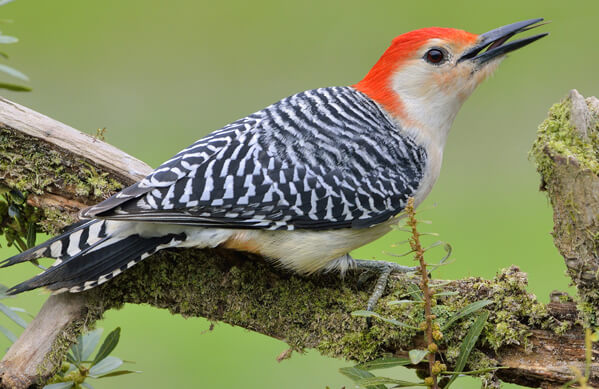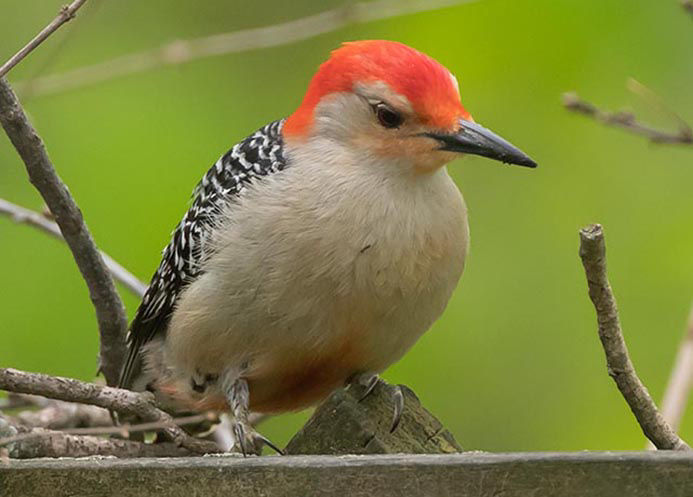Discover the Fascinating World of Woodpeckers: Everything You Need to Know
The globe of woodpeckers is a realm loaded with one-of-a-kind behaviors, complex adaptations, and a diverse selection of species. From their habitats and circulation patterns to their feeding practices and specialized physiological features, woodpeckers have long astounded the interest of ornithologists and nature fanatics alike.
Woodpecker Habitats and Distribution
In North America, for example, woodpeckers can be spotted in both coniferous and deciduous woodlands, using their strong beaks to forage for insects and develop nesting dental caries in trees. In Africa, specific woodpecker varieties have actually adapted to arid settings, such as the acacia forests, where they play an important role in regulating insect populaces.

Feeding Behaviors and Diet Regimen
Amongst the various aspects of their behavior, woodpeckers exhibit distinct feeding practices and dietary preferences. These birds are mostly insectivores, with a diet plan that consists of ants, beetles, caterpillars, and various other bugs discovered in trees. Woodpeckers use their solid beaks to pierce right into the bark of trees, penetrating for pests and larvae concealed underneath the surface area. In enhancement to insects, woodpeckers also consume nuts, seeds, fruits, and sap. Some species have actually specialized tongues with barbed ideas that assist them draw out bugs from holes in timber.
Woodpeckers are understood for their drumming behavior, which serves not only to connect with various other woodpeckers however also to situate food. The quick drumming noise is developed by the bird pecking on powerful surfaces like dead trees or steel posts. This habits can attract pests concealed in the timber, enabling the woodpecker to find their existence and feed on them.
One-of-a-kind Adjustments for Tree Climbing
In their proficient quest of bugs concealed within tree bark, woodpeckers have actually evolved exceptional physiological features that check my blog equip them with distinct adaptations for effective tree climbing. Woodpeckers have solid neck muscular tissues and an one-of-a-kind skull structure that take in the effect of continuous pecking, enabling them to climb up up and down without creating injury to their minds. These adjustments display the unbelievable transformative layout that makes it possible for woodpeckers to navigate trees with precision and efficiency.
Diverse Woodpecker Species Worldwide
With over 200 various varieties spread out throughout different habitats worldwide, the family members of Picidae incorporates an amazing diversity of woodpeckers. These birds can be found in woodlands, timberlands, savannas, and also metropolitan locations, showcasing their versatility to different environments. From the iconic Northern Flicker in North America to the vivid and evasive Crimson-backed Flameback in Asia, each woodpecker types exhibits distinct qualities in terms of tuft, actions, and habitat preference.
Woodpeckers differ substantially in dimension, with the small Downy Woodpecker measuring around this content 6-7 inches in size, while the effective Lineated Woodpecker can rise to 17 inches - Woodpeckers in Florida. Their beaks also come in various sizes and shapes, mirroring their feeding routines. Some species focus on drawing out pests from tree bark, like the Acorn Woodpecker, while others, such as the Black-cheeked Woodpecker, prey on fruits and seeds

Preservation Efforts and Challenges
Preservation initiatives for woodpecker populaces are important in alleviating the influence of habitat loss and other dangers encountering these varied avian varieties. Woodpeckers deal with different obstacles to their survival, largely because of logging, urbanization, climate adjustment, and intrusive varieties. To address these issues, conservation initiatives focus on safeguarding and bring back woodpecker habitats, carrying out sustainable forestry methods, and increasing understanding regarding the relevance of these birds in ecosystems.
One significant challenge in woodpecker preservation is the fragmentation of their habitats, causing separated populations that are extra vulnerable to extinction - Woodpeckers in Florida. Conservationists work to develop wild animals passages and secured areas that connect these fragmented habitats, permitting woodpeckers to relocate between different locations for feeding, reproducing, and sanctuary

Final Thought
Finally, woodpeckers are fascinating birds with distinct adaptations for tree climbing and feeding actions. They can be located in varied habitats worldwide, facing conservation difficulties because of habitat loss and human activities. Comprehending their environments, diet regimens, and behaviors is important for preservation efforts to secure these crucial bird types. More research and preservation actions are required to ensure the survival of woodpeckers in the wild.